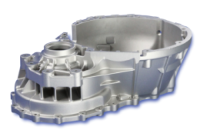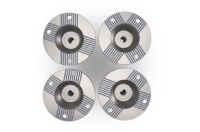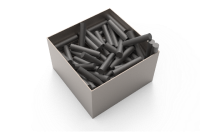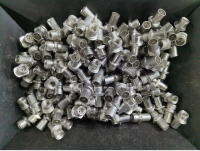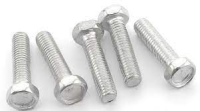Rotational Symmetry
This section introduces the rotational symmetry of the target object.
Introduction
| The “symmetry” in this section refers to “rotational symmetry”. |
Rotational symmetry is the property of the target object that allows it to coincide with itself after rotating a certain angle around its axis of symmetry.
If a target object has rotational symmetry, you can configure the rotational symmetry parameters according to the specific requirement in the target object editor.
When the Waypoint type is Target object pose, configuring the rotational symmetry can prevent the robot’s tool from unnecessary rotations while handling the target object. This increases the success rate of path planning and reduces the time required for path planning, allowing the robot to move more smoothly and swiftly.
Rotational Symmetry Type
Determine the Axis of Symmetry
You can specify the axis of symmetry when setting the collision model in the target object editor. The X/Y/Z-axes are defined in the reference frame of the target object.

The table below shows the symmetry types of some target objects that are placed in a common way.
Non-Symmetrical
The target objects in the table below are non-symmetrical objects.
|
|
|
|
Track pad of the bulldozer |
Drive shaft flange yoke |
Sheet metal of the car door |
Transmission bell housing |
Order of Symmetry
A rotational symmetric object will coincide with itself after rotating around its axis of symmetry by a certain degree (i.e., angle of rotation a°), and the order of symmetry = 360°/a°.
For a common carton, the order of symmetry is 2; for a triangular prism, the order of symmetry is 3; for a cylinder, the order of symmetry is infinity.
 |
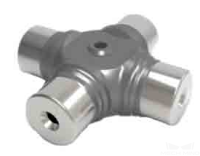 |
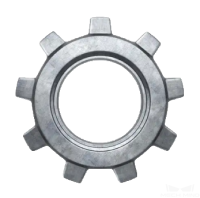 |
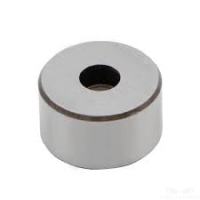 |
|---|---|---|---|
Order of symmetry = 2 |
Order of symmetry = 4 |
Order of symmetry = 9 |
Circular symmetry |
Angle Range
As shown in the figure below, the angle between B and C represents the angle range.

The robot attempts pickings based on the symmetry of the target object within a specified angle range.
The Angle range should be set based on factors such as placement of the target object, bin shape, end tool type, and cycle time.
A large angle range with a large order of symmetry can slow down path planning; while a small angle range can leave out viable pick points.
Number of Attempts
The number of attempts is calculated automatically from the order of symmetry and angle range.
Assuming that the order of symmetry = 10, and the angle range is ±80°, then the angle interval will be calculated by 360°/10 = 36°. The number of attempts in one direction can be calculated by 80/36 = 2 and the remainder is 8, which is 2 attempts by the degree of 36° and 72°. The total number of attempts equals 1 + 2 * 2 = 5, which are by the degrees -72°, -36°, 0°, 36°, and 72°.



